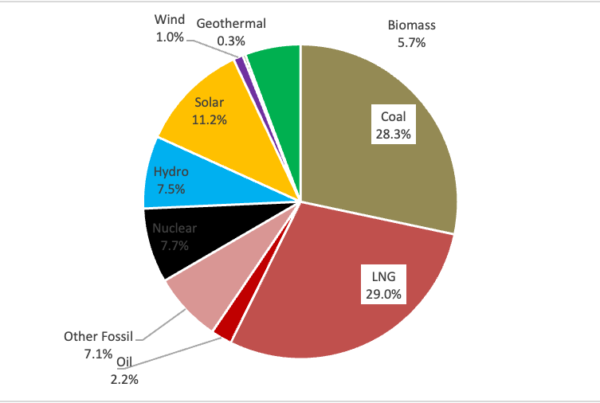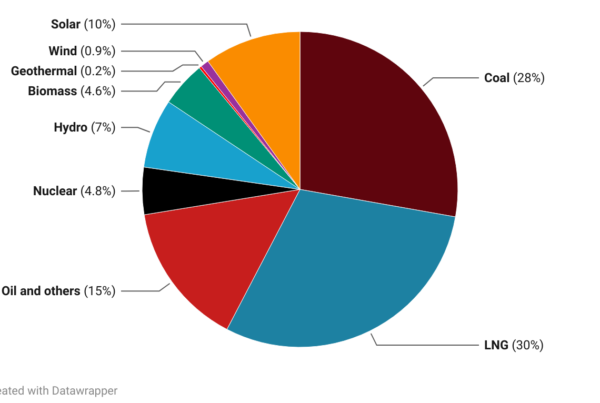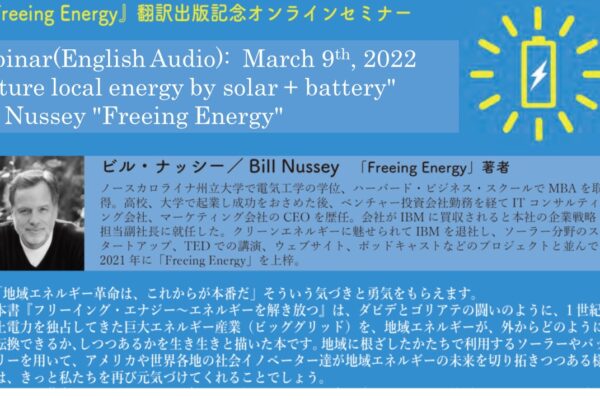ISEP Research Director, Eric Martinot is engaged in worldwide speaking about the future of renewable energy during 2013-2014. During February to June 2013, he conducted a total of 50 speaking events in Japan, the US, and Europe. Following is a list of the 50 events during this period, and a short summary of some of the questions and issues that audiences raised.
Most events lasted 1-1/2 hours, allowing substantial time for audience discussion and questions. Further debriefing of questions and issues raised by audiences will be forthcoming in August. YouTube videos of some of these events appear elsewhere on this blog.
Many questions centered around the role of policy, in terms of the new forms of policy that will be needed in the future to bring about high shares of renewables (“integration” policies as compared to past “price-based” or “cost-based” policies). Such policies are implied in the report, but the report makes no recommendations or conclusions about future policy. Another policy debate was how feed-in tariffs might evolve into net metering policies where retail electricity prices are high, and the implications for utility revenues and business models.
Other questions centered around the role of cheap shall gas in countries like the U.S. and China, and implications for future renewable energy markets. Some audiences wanted to talk about future risks of different types of energy investments, and new methods of making cost comparisons across technologies, and what those new methods might entail, or why they are necessary.
Many audiences engaged in the “Great Debate” featured in the report, “will electric utilities lead, follow, push-back, or perish?” Audiences wanted to know how significant the “push-back” of the major energy companies and utilities could be, how to forestall that push-back with new business models and policies that could turn losers into winners, and specifically which companies were leading or pushing back today. (Also, is the “perish” possibility really true for some of today’s companies?) Many audiences wanted to know “who will pay?” for the coming infrastructure investments for higher levels of integration, such as more power transmission capacity or the ICT investments necessary for smart grids.
Another set of questions revolved around the differences among scenario results (outcomes). Why are some scenarios so much higher than others? It is difficult to say exactly, given that so many of the published scenarios are “black boxes” that don’t talk much about internals and assumptions. This is a good question for further research, but difficult. Certainly climate constraints and carbon emissions limitations imposed in scenarios is one major factor. Other variables are detailed in Annex 3 of the Global Futures Report, but particularly notable are differences in total energy demand projections, differences in assumptions about further cost reductions in renewables technologies, and differences in assumptions about future policies and the impacts of those policies.
Other questions touched on biofuels sustainability, materials sustainability and recycling, and land area constraints.
LIST OF SPEAKING EVENTS
WEBINARS
- International Solar Energy Society(ISES)
- Solar Electric Power Association, Washington DC
JAPAN
- Foreign Correspondents Club of Japan (FCCJ)
- Institute for Global Environmental Strategies (IGES)
- National Institute for Environmental Studies (NIES)
- Ministry of Environment, Strategy Committee
- Ministry of Environment, Local/Cities Energy Initiative
- Meeting of Environmental NGOs
- Japan Renewable Energy Policy Project (JREPP), Parliament Public Briefing
- Community Power Conference, Yamaguchi Prefecture
- Tokyo Municipal Government
- Japan Renewable Energy Foundation, Conference REvision 2013
- Local Energy Business Network
- UN Unviersity
- Monocle Radio
- TEDx Tokyo
UNITED STATES
- National Renewable Energy Laboratory
- University of Colorado
- Colorado School of Mines
- University of California at Berkeley, Energy and Resources Group
- Rocky Mountain Institute
- Energy Foundation
- Lawrence Berkeley National Laboratory
- California Public Utilities Commission (CPUC)
- Conference on Pathways to 100% Renewable Energy, San Francisco
- Conference of the American Solar Energy Society, Baltimore
- Massachusetts Institute of Technology
- Bloomberg New Energy Finance Summit, New York City
- World Bank/Global Environment Facility
- Worldwatch Institute, Capital Hill Briefing, Washington DC
- Solar Electric Power Association, Washington DC
- United Nations Headquarters, New York
EUROPE
- Greenpeace International, Hamburg
- Protestant Kirchentag, Hamburg
- Free University of Berlin
- Frankfurt School of Management/UNEP Collaborating Center (Frankfurt)
- Eurelectric, Brussels
- World Economic Forum, Geneva
- IRENA IITC, Bonn
- BMU Energy Club, Berlin
- UNIDO, Vienna
- Oeko Institute, Berlin
- Imperial College of London
- KfW, Frankfurt
- GIZ, Eschborn
- University of Liechtenstein, Vaduz
- BMZ, Bonn
- UNEP/REN21, Paris
- Bloomberg New Energy Finance, London
* This article is cross-posted from Renewable Energy Futures to 2050by Eric Martinot.





